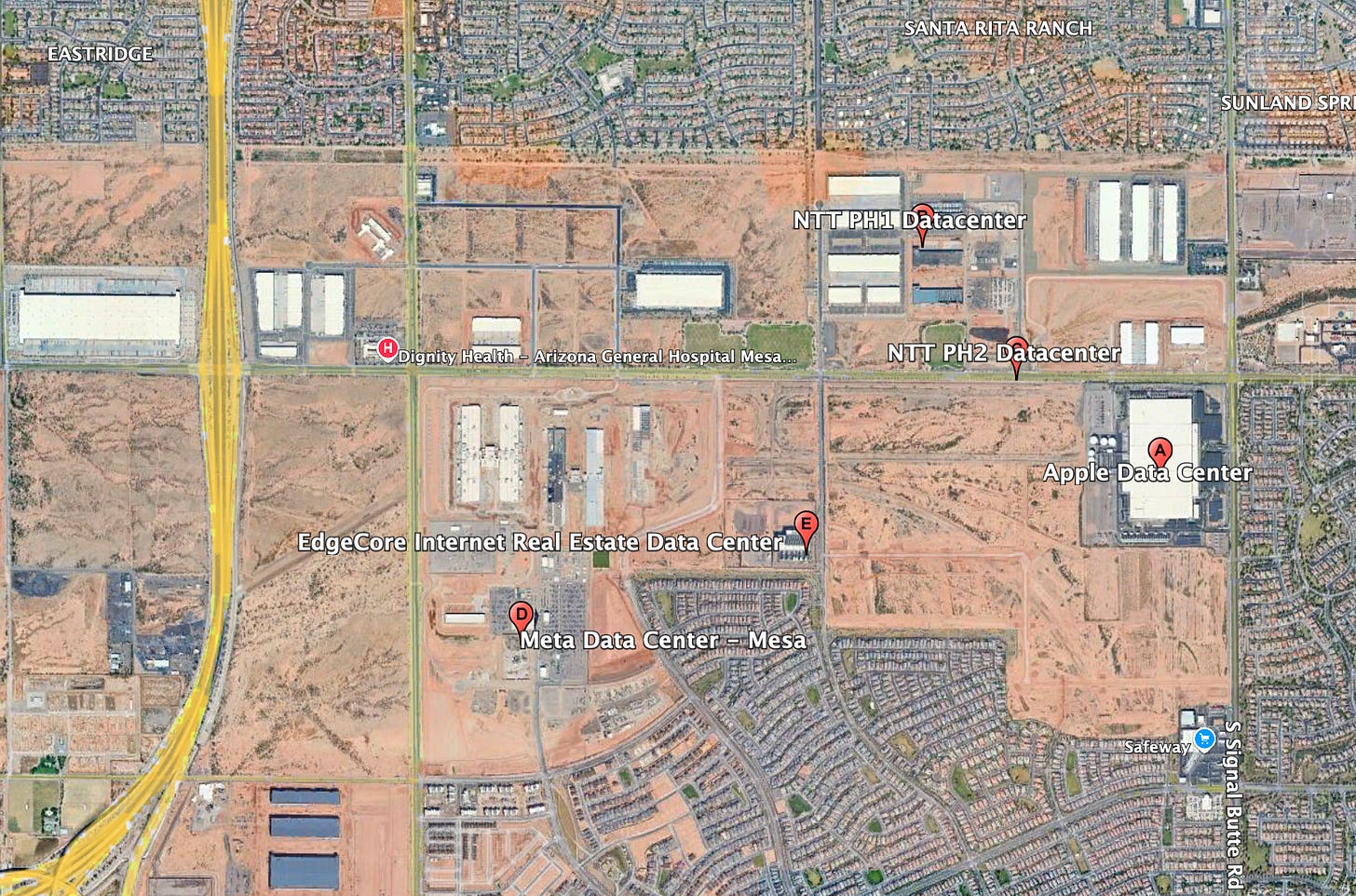No, there is not plenty of water for data centers
And, yes, we should worry about it, along with the facilities' power use
📈 Data CENTER Dump 📊

When I first read a recent headline in Matthew Yglesias’s Slow Boring newsletter, I assumed it was a sort of joke to rope me into reading. “There’s plenty of water for data…
Keep reading with a 7-day free trial
Subscribe to The Land Desk to keep reading this post and get 7 days of free access to the full post archives.

